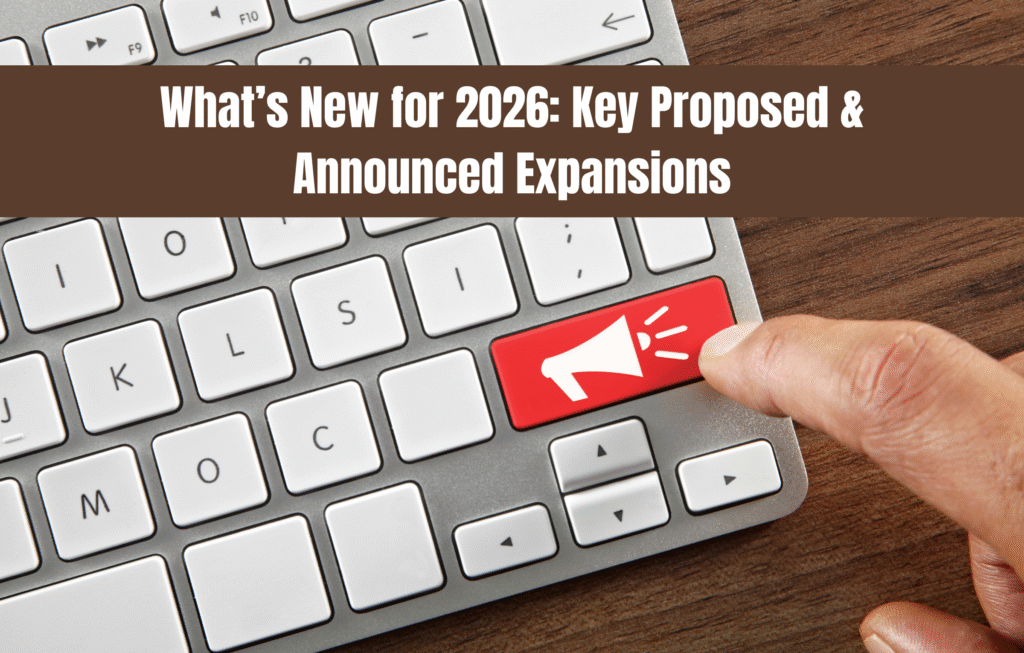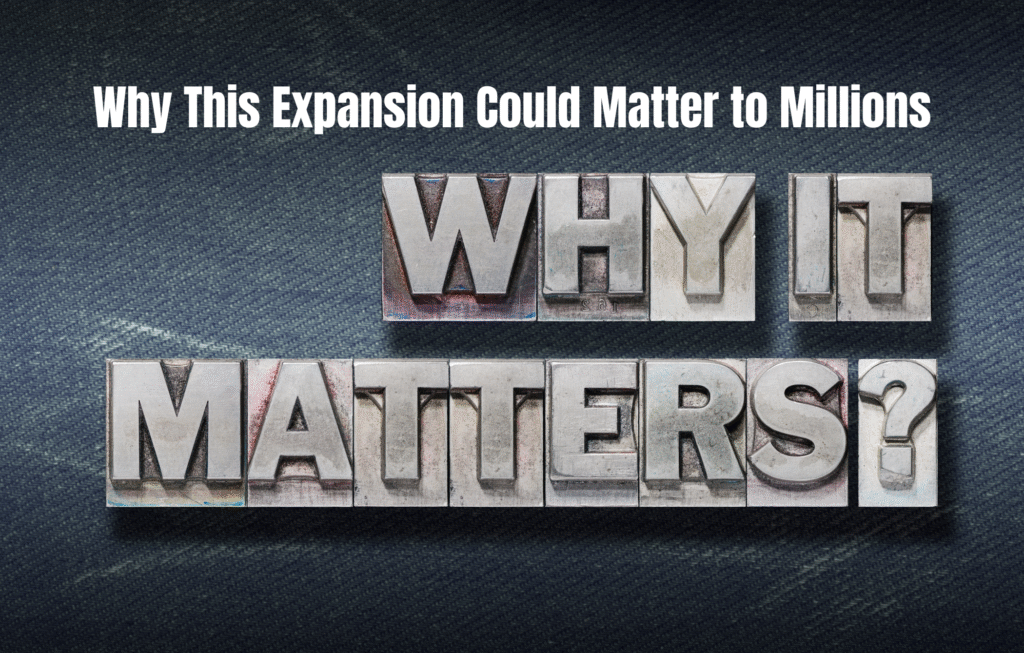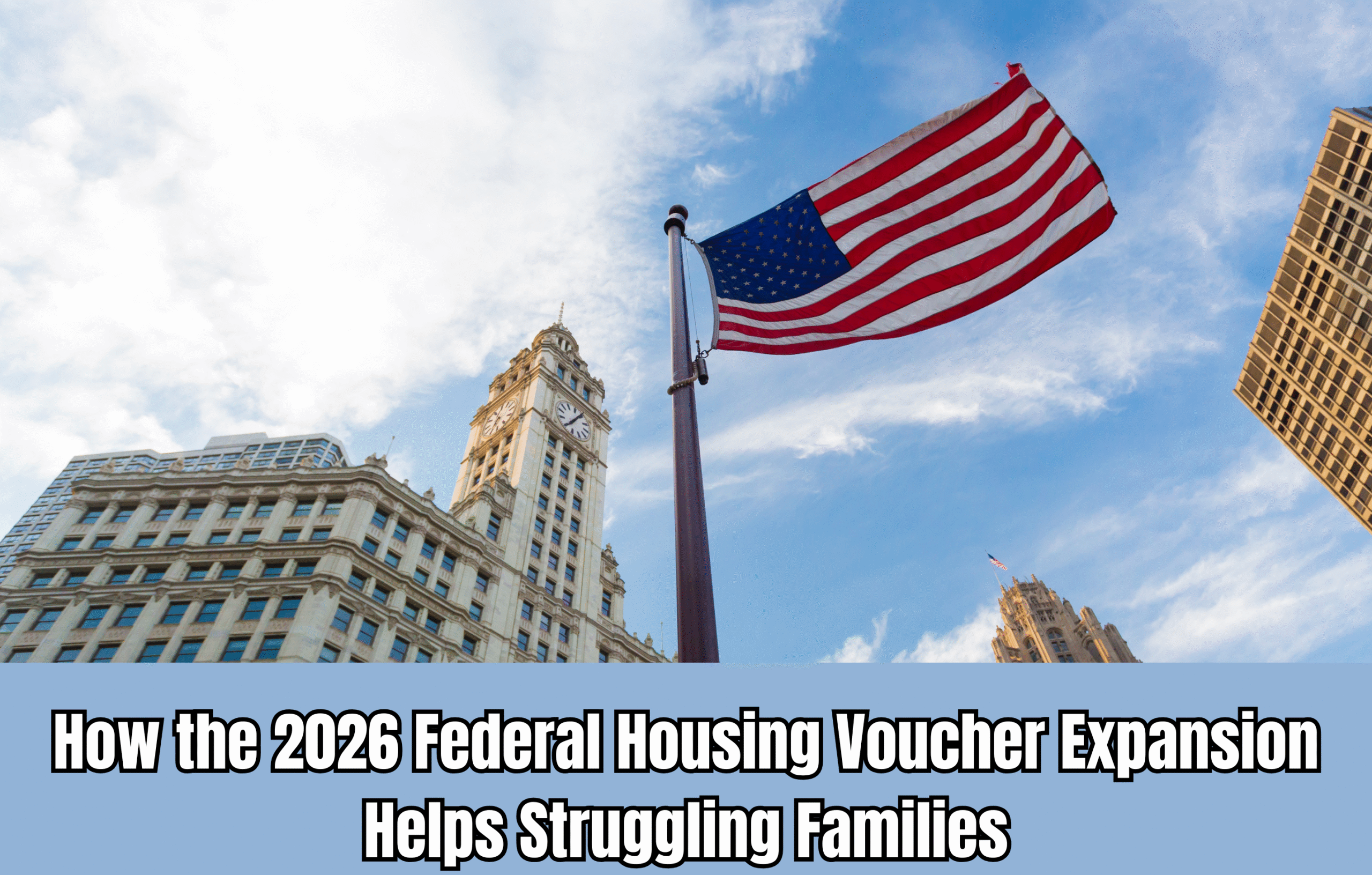What Are Housing Vouchers, and Why They Matter
Housing vouchers (often under Section 8 / Housing Choice Voucher (HCV) programs) are subsidies where a low-income family pays a portion of their rent (often about 30% of their income), and the voucher covers the rest up to a local standard (a “payment standard” or “fair market rent”). These programs are among the most powerful federal tools to reduce housing cost burden, prevent homelessness, stabilize families, and open access to better neighborhoods.
However, demand far outpaces supply. Many eligible households wait years for vouchers, or never receive them, because funding is limited and waitlists are long.
In 2025, the Biden Administration and HUD have laid out plans and proposals to significantly expand voucher access in 2026 and beyond, to help millions more families who currently struggle to afford rent.
What’s New for 2026: Key Proposed & Announced Expansions

1. Incremental Vouchers in the HAVEN Act (H.R. 3133)
One of the most concrete proposals is found in H.R. 3133 (HAVEN Act), which would expand housing choice vouchers in a phased way starting 2026. Key features:
- The bill directs HUD to allocate 500,000 incremental vouchers in fiscal year 2026.
- It further proposes additional increases in subsequent years (2027–2029) of 500,000 each year (i.e. 1,500,000 additional over time) to expand voucher coverage.
- The allocation would aim to prioritize households in severe housing hardship — e.g. homelessness, eviction risk, overcrowding.
- The bill also requires use of Small Area Fair Market Rents (i.e. setting fair rents by ZIP code rather than broad metro area) starting in FY 2026 — so vouchers better match real neighborhood rents.
If passed and funded, this would be one of the largest federal increases to the voucher program in decades.
2. HUD’s “Voucher Guarantee” for Vulnerable Groups
In the President’s FY 2026 Budget, the Administration proposes a voucher guarantee for two particularly vulnerable populations:
- Extremely low-income veterans: many veteran renter households currently don’t receive rental assistance, despite having incomes under poverty levels or severe housing cost burdens. The proposal aims to allocate 50,000 vouchers in 2026 to begin addressing this gap.
- Youth aging out of foster care: Each year, thousands exit foster care with little stability. The plan would guarantee vouchers to these youth to help prevent homelessness during a fragile transitional period.
These guarantees are intended to ensure targeted, no‑turnaways access for groups with acute needs.
3. Broader Use of ZIP‑Level Voucher Rent Standards (SAFMR)
HUD has already moved in recent years to require Small Area Fair Market Rents (SAFMRs) in more metro areas, expanding the number of areas where voucher payment standards are more precise by ZIP code.
The idea is that under traditional fair market rents (FMRs) based on large metro averages, voucher holders are often excluded or priced out of neighborhoods with rising rents. SAFMRs make voucher amounts more responsive to actual local conditions, giving families more neighborhood choice.
Going forward, more PHAs will be required (or encouraged) to adopt SAFMRs, improving access to better neighborhoods.
What Almost 60,000 Households Face: Emergency Housing Voucher Program Running Out
One critical caution in the expansion narrative is the Emergency Housing Voucher (EHV) program, which was created during the pandemic (via the American Rescue Plan) to provide extra housing support for extremely vulnerable households.
- HUD has signaled that EHV funding is likely to run out by mid-to-late 2026, leaving about 60,000 households at risk of losing their voucher support.
- Once EHV funds end, unless Congress allocates new funding, those families may lose assistance, face eviction, or homelessness.
- Many advocates are pressing Congress to adopt provisions in FY26 appropriations to prevent this abrupt loss.
This contrast — expansion proposals for many versus contraction of emergency aid for some — adds complexity to what “voucher expansion 2026” will actually feel like on the ground.
Why This Expansion Could Matter to Millions

If the proposals and expansions are funded and implemented effectively, here are the real-world benefits we might see:
- Reduced housing cost burden
Millions of low-income households spend 50–70% of their income on rent. Expanded vouchers would bring that burden down — giving breathing room for food, healthcare, education, and savings. - Preventing homelessness and eviction
In crisis moments (job loss, medical bills), rental subsidies act as a safety net. Guaranteeing vouchers for veterans, youth aging out of foster care, and adding new ones helps prevent families from losing homes. - Greater choice of neighborhoods & better opportunities
With SAFMR rent standards, voucher holders might move into neighborhoods with better schools, lower crime, better transit — enhancing long-term upward mobility. - Stimulating housing stability and economic health
Stable housing supports better educational outcomes, health, job retention, and reduces costs associated with emergency shelters or transitional housing. - Pressure on housing supply & rental market
Knowing that expanded voucher demand is forthcoming may spur developers to build more affordable or mixed-income units that accept vouchers. - Flexibility and local innovation
Programs like HUD’s “Moving to Work” (MTW) allow PHAs to experiment with local policy adaptations (stepped rent, combined funds) which may become more common under voucher expansions.
Key Challenges & Obstacles
Even with ambitious plans, there are many hurdles:
1. Funding & political risk
- The Trump FY 2026 budget proposal calls for dramatic cuts — a 44% reduction in HUD’s non-defense discretionary spending and significant cuts to rental assistance programs.
- Voucher expansions require sustained appropriation of funds — both for new allocations and renewals of vouchers in future years.
- If Congress doesn’t allocate enough, voucher promises may be undercut or reversed.
2. Implementation capacity & administrative constraints
- Public Housing Authorities (PHAs) must absorb new voucher volumes: issuing, managing, compliance, oversight.
- Many PHAs face staffing constraints, long waitlists, and administrative backlog.
- Payment standard updates, SAFMR adoption, and ZIP-level rent calculations require data, system upgrades, and training.
3. Landlord participation
- Expanding vouchers is only useful if landlords accept them. In tight markets, some landlords resist voucher-holders due to perceived red tape, lower rent offers, or tenant screening concerns.
- Incentives or partnerships will be needed to bring more rental units into voucher-accepting portfolios.
4. Market rent inflation & mismatch
- If rents outpace voucher increases, even expanded vouchers may not fully cover housing costs.
- In high-cost metros, even ZIP-level FMRs might lag actual market rates in desirable buildings.
5. Equity in distribution
- Ensuring that new vouchers reach underserved communities — rural areas, minority populations, formerly homeless populations — rather than being concentrated in areas already saturated.
- Avoiding voucher clustering (too many in one area) that drives up local rents.
6. Transition risks for existing EHV recipients
- For the 60,000 households dependent on EHV, ending that program without smooth transition risks homelessness, displacement, or eviction shocks.
What’s Already Happening at the State & Local Level

Even ahead of federal expansions, states and municipalities are acting:
- In New York State, Governor Kathy Hochul signed into the FY 2026 budget a state-funded “Housing Access Voucher Program” pilot with $50 million for vouchers to assist homeless or at-risk families.
- That pilot targets households at or below 50% of area median income and is part of a multi-year rollout.
- In discussions around HUD’s MTW (Moving to Work) expansion, PHAs are being given flexibility to experiment with new rent models, use of combined funds, stepped rents — all of which may interact with voucher expansions.
- Some states and localities are already administering state-level voucher or housing subsidy programs (e.g. to homeless populations, veterans, youth) that serve as groundwork or complements to federal programs.
These local actions help bridge gaps, but federal scale is what many families await.
Looking Ahead: What to Watch in 2025–2026
To assess how serious and effective the “voucher expansion” will be, monitor:
- Whether H.R. 3133 / HAVEN Act passes, and how many incremental vouchers are actually funded.
- Congressional appropriations for HUD and rental assistance programs (will they increase, hold steady, or be cut?).
- Whether the EHV program is extended or replaced so that current recipients don’t lose aid.
- Release of HUD’s 2026 Fair Market Rents, payment standards, and income eligibility limits (HUD has announced some inflation adjustments; full FMRs pending).
- The rate at which PHAs adopt or are required to use SAFMRs / ZIP-level rent standards.
- Landlord program participation and whether new incentives are passed to encourage more units to accept vouchers.
- Evaluation reports on pilot voucher programs (like NY’s Housing Access Voucher) — whether they produce stable housing outcomes.
- Local PHA capacity, waiting list movement, and how local jurisdictions cope with the administrative and funding load.
Possible Impacts: What Families Could Actually See
If expansions succeed, families in need might experience:
- Shorter waiting times — voucher applications may move faster, more households selected from waitlists.
- Greater geographic choice — ability to move into better neighborhoods with less fear of exceeding voucher limits.
- Less displacement — assistance helps families stay put when faced with rent hikes or economic shocks.
- Reduced cost burdens — fewer households spending more than 50% of income on rent.
- Improved stability and outcomes — healthier children, better education access, increased employment stability.
But caveats remain:
- For those in EHV or other temporary vouchers, losing funding mid-2026 may mean losing their housing subsidy.
- If voucher payments don’t keep pace with inflation and rent growth, families may still struggle.
- Some families may be unable to find housing units that accept vouchers near their desired areas.
Bottom Line
The idea of a Federal Housing Voucher Expansion in 2026 is more than rhetoric — serious proposals are on the table, including 500,000 new vouchers via the HAVEN Act and targeted guarantees for veterans and youth aging out of foster care. HUD’s push to expand ZIP‑level rent standards (SAFMRs) is also real, promising better matching between subsidies and local rent realities.
But the expansion is threatened by funding uncertainty, potential severe cuts to HUD programs, administrative challenges, and the risk that emergency voucher programs (EHV) may expire midyear. For millions of families, the success or failure of these 2026 expansions will determine whether stable housing is still a lifeline or a vanishing hope.
If you want, I can break down what your city or state is projected to get from these voucher expansions in 2026 (if you tell me your city). Do you want me to do that for your area?
FAQs
Q1: What are housing vouchers and why are they important?
Housing vouchers subsidize rent for low-income families, covering the gap between 30% of income and local rents, reducing housing burdens and preventing homelessness. Demand greatly exceeds supply nationwide.
Q2: What is the HAVEN Act and how does it expand vouchers?
The HAVEN Act proposes adding 500,000 incremental vouchers annually from 2026–2029, prioritizing families facing severe housing hardships, making it the largest federal voucher expansion in decades.
Q3: Who benefits from HUD’s voucher guarantee in 2026?
Extremely low-income veterans and youth aging out of foster care receive guaranteed vouchers to prevent homelessness and housing instability in vulnerable populations.
